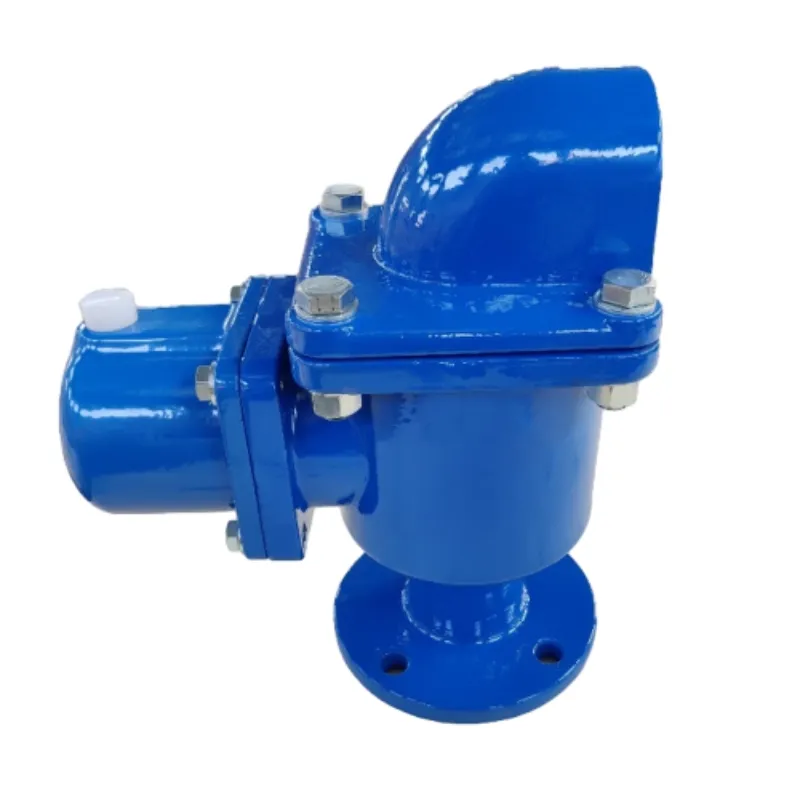butterfly valve seal
Understanding Butterfly Valve Seals Key Aspects and Importance
Butterfly valves are widely used in various industrial applications, primarily due to their simplicity, compact design, and effective flow control capabilities. One essential component of a butterfly valve is its seal, which plays a crucial role in ensuring the valve's performance, reliability, and longevity. This article delves into the significance of butterfly valve seals, their types, and the factors influencing their selection and maintenance.
The Role of Butterfly Valve Seals
The seal in a butterfly valve is responsible for creating a tight closure when the valve is in the closed position. This prevents leakage of the fluid or gas passing through the system, thereby maintaining the pressure, safety, and efficiency of the entire operation. A proper sealing mechanism is vital in various industries, including water treatment, chemical processing, and oil and gas, where even minor leaks can lead to significant losses, safety hazards, or environmental concerns.
Types of Seals Used in Butterfly Valves
Butterfly valve seals can be divided into several categories based on the materials used and the design of the sealing mechanism
. Common seal types include1. Soft Seals Typically made from elastomers like EPDM (ethylene propylene diene monomer) or NBR (nitrile butadiene rubber), soft seals provide excellent flexibility and sealing performance. They can conform well to the valve body and disc, making them ideal for applications where tight shutoff is crucial. Soft seals are commonly used in water and wastewater treatment systems.
2. Hard Seals These are usually made from materials like PTFE (polytetrafluoroethylene) or other composite materials. Hard seals offer greater resistance to high temperatures and corrosive substances, making them suitable for chemical processing and high-temperature applications. However, they may not provide the same level of sealing performance as soft seals at lower pressures.
3. Metal Seals In certain high-performance applications, metal seals may be used to achieve a more durable and leak-free seal. These seals can withstand extreme conditions and are often employed in industries such as aerospace and nuclear power, where safety is paramount.
Factors Influencing Seal Selection
butterfly valve seal

Selecting the right seal for a butterfly valve depends on several critical factors, including
- Operating Temperature and Pressure The seal material must be compatible with the temperature and pressure conditions of the application. High temperatures may necessitate the use of hard seals, while high pressures can require specialized soft seal designs.
- Fluid Compatibility The chemical nature of the fluid passing through the valve plays a significant role in seal selection. For instance, aggressive chemicals may require seals made from chemically resistant materials to prevent degradation.
- Installation Environment External factors such as humidity, dust, and potential physical damage can impact the seal's performance. Thus, selecting a seal that can withstand the installation environment is essential.
Maintenance and Inspection
Regular maintenance and inspection of butterfly valve seals are vital for ensuring optimal performance. Over time, seals can degrade due to exposure to harsh chemicals, temperature fluctuations, and mechanical wear. Periodic checks for leaks, physical wear, and material integrity can help identify potential issues before they escalate into costly failures.
In addition to routine inspections, it is advisable to follow a structured maintenance schedule, including cleaning and lubricating the valve components as needed. Replacement of seals should be performed with care, ensuring that the correct type and size of seal are used to maintain the valve's integrity.
Conclusion
In conclusion, butterfly valve seals are essential components that contribute significantly to the overall functionality and reliability of butterfly valves across a wide range of industries. Understanding the different types of seals, their suitable applications, and the factors influencing their selection is crucial for ensuring efficient flow control and preventing leaks. Regular maintenance and diligent inspection further enhance the longevity and performance of butterfly valves, making them a vital part of modern industrial systems.
-
The Smarter Choice for Pedestrian AreasNewsJun.30,2025
-
The Gold Standard in Round Drain CoversNewsJun.30,2025
-
The Gold Standard in Manhole Cover SystemsNewsJun.30,2025
-
Superior Drainage Solutions with Premium Gully GratesNewsJun.30,2025
-
Superior Drainage Solutions for Global InfrastructureNewsJun.30,2025
-
Square Manhole Solutions for Modern InfrastructureNewsJun.30,2025
-
Premium Manhole Covers for Modern InfrastructureNewsJun.30,2025
